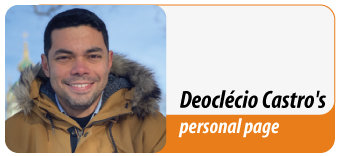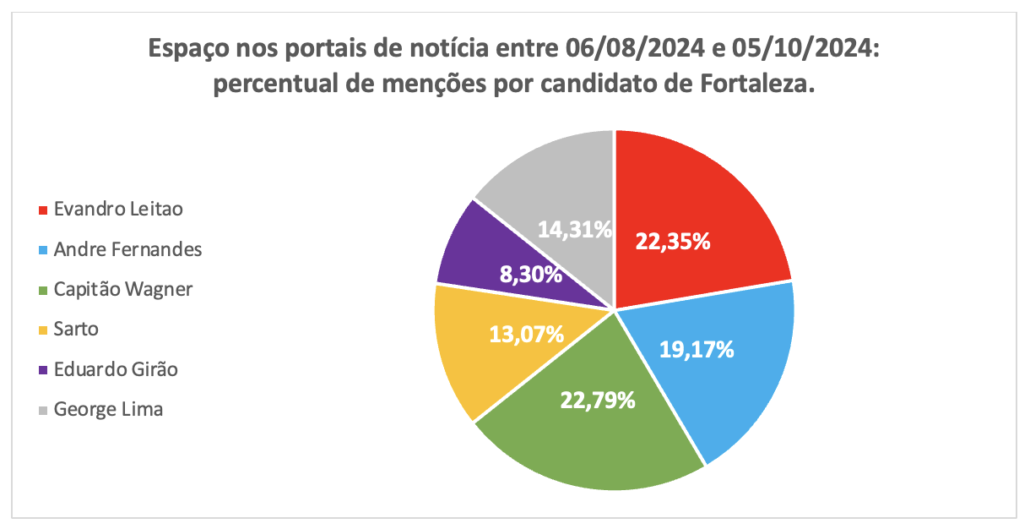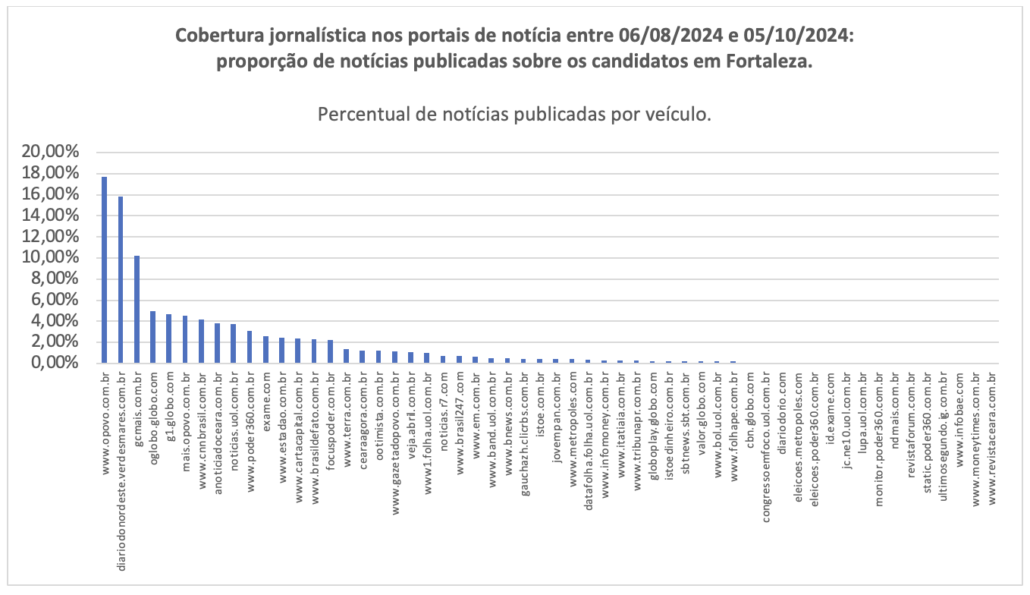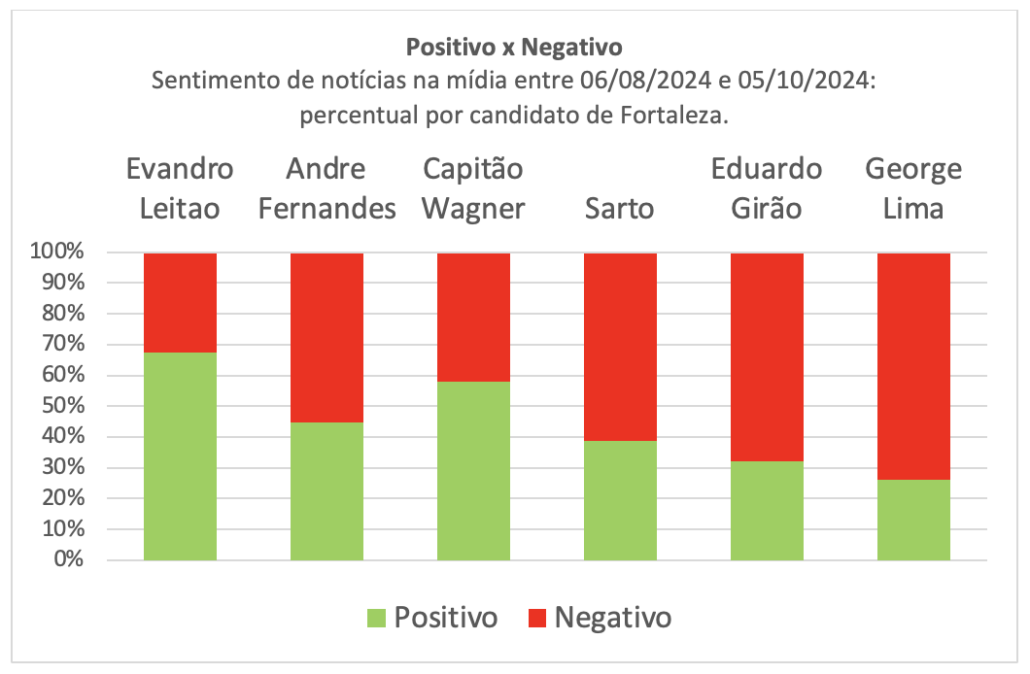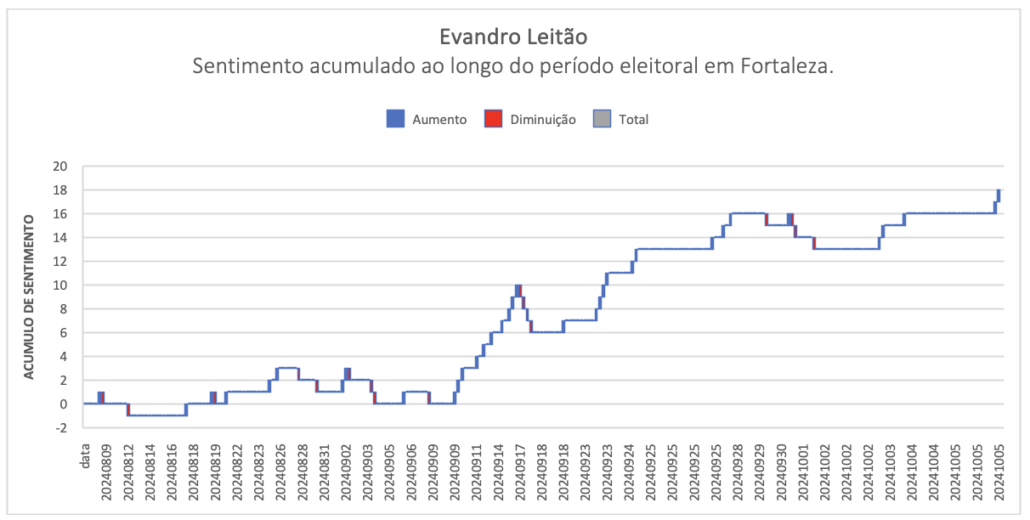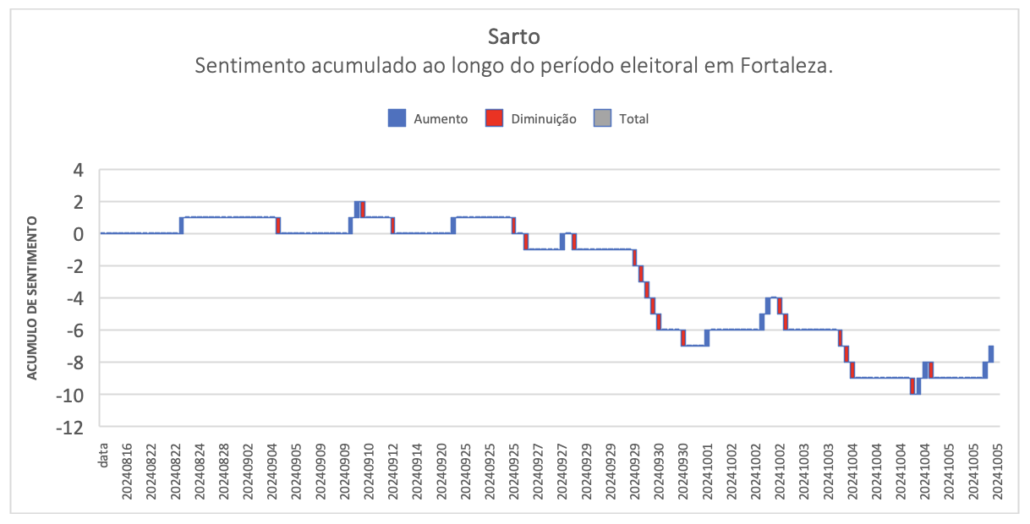The “Castle-Bound Prince Syndrome” and the Challenges Faced by the Lula Administration amid Political Polarization and Reduced Parliamentary Bargaining Power
In recent months, the image of a “castle-bound Lula” has spread among political allies and analysts, suggesting that the president—once renowned for a governing style closely aligned with party loyalists and social movement leaders—now faces barriers that separate him from the everyday realities of the country. A recent UOL article titled “Lula Is Castle-Bound, and Allies Say He Doesn’t Notice It” brought to light internal criticism pointing to a worrying distance between the president and the day-to-day management of government, especially regarding what goes on beyond the Planalto Palace walls. The metaphor of being “encastelado” (castle-bound) directly corresponds to what I call the Castle-Bound Prince Syndrome. In this framework, the leader—though neither naïve nor innocent—ends up isolated by bureaucratic and political layers that filter incoming information (especially negative news) and thus remains detached from the concrete issues demanding urgent solutions.

The notion of the “Castle-Bound Prince Syndrome” did not emerge from any formal academic research. Rather, it arose from my practical observations and direct experience over the years working in strategic positions, particularly in the public sector. I first noticed this dynamic while involved in social media management and political campaigns in the early 2010s, when I recorded my initial notes on the idea. Working behind the political scenes, I witnessed how leaders—often well-intentioned—would make crucial decisions based on information that, despite passing through multiple layers of analysis and filtering, frequently did not reflect the full reality. These leaders, like princes within castles, became captives of their own informational towers, lacking direct access to the true situation in the “kingdom.” I discuss the “CBS” in more detail (HERE).
The UOL report, which reveals that the president only becomes aware of certain crises once they have already intensified, underscores the idea that almost no one “speaks the truth” to him or openly debates issues, unlike in previous terms, when the presence of figures such as José Dirceu, Gilberto Carvalho, Luiz Gushiken, and others allowed for more heated and honest internal debates. However, the current scenario cannot be explained solely by this internal shielding process. The distancing also coincides with deep transformations in both the Brazilian and international contexts, particularly the intense political polarization that has gripped the country since the rise of Jair Bolsonaro. In this polarized environment, any government action or statement takes on immediate ideological significance, and a significant segment of the electorate automatically rejects the administration’s initiatives, regardless of their merit or effectiveness. At the same time, social media and messaging apps have become battlegrounds of competing narratives, often fueled by fake news and a systematic demonization of the traditional press and of politics itself. This phenomenon is not unique to Brazil; it has been studied in numerous modern democracies, where right-wing populists and conservative groups dominate digital spaces and mobilize loyal supporters through disinformation campaigns and hate speech.

For an administration that must not only communicate results, but also constantly clarify and counter rumors, this hostile climate is even more challenging. The so-called “information bubble” prevents official data—such as the historic drop in unemployment rates or the increase in average salaries—from reaching the public uniformly. These positive indicators are often either ignored or refuted by a sizable group of citizens already predisposed to disbelieve anything originating from the Planalto Palace. In this battlefield of narratives, merely producing favorable figures does not translate into political capital, because the ideological filter and a perpetual distrust of traditional media undermine dialogue. Even when the administration tries to use the same digital platforms to share information and refute distortions, it encounters sophisticated disinformation networks, particularly in WhatsApp, Telegram groups, and on video platforms where the pro-Bolsonaro base is actively organized.
Moreover, unlike previous administrations in which the federal government had greater bargaining power in Congress, the current executive branch faces a balance of forces that curtails its capacity to govern. A consolidated right-wing majority in the legislature—an outcome of polarization and the growth of conservative parties—creates continuous obstacles to passing bills the government deems essential. According to the this survey, of the 513 parliamentarians chosen, 237 are considered right-wing (46.20%), while 141 (27.48%) are left-wing and 135 are center-wing (26.31%). To make matters worse, parliamentary amendments, which previously depended largely on Planalto’s consent, are now controlled to a great extent by the legislative branch (understand here). As we know, they are not necessarily allocated in a genuinely republican way and, even if they were, the resulting lack of coordination compromises effective spending. This weakens the executive, which loses a key instrument for forming alliances and achieving the political agreements necessary for effective governance. In practical terms, the president’s “power of the pen” is diminished, as is his capacity for direct negotiation with representatives and senators.
It is precisely in this inhospitable environment that the Castle-Bound Prince Syndrome becomes even more complex. On one hand, ceremonial routines at the palace, closed-door agendas, and excessive deference from advisors block out critical voices that might alert the president to public perceptions of his administration. On the other, extreme polarization and eroded bargaining power in Congress undermine attempts to reconnect with the public and advance necessary reforms. Situations once addressable through more intense negotiations, or by communicating directly with civil society, now run into the difficulty of forging consensus, complicated by the political weaponization of rumors that spread rapidly in digital media. The “Pix crisis,” for instance (understand here), illustrates the dilemma: while the president apparently was unaware of the negative repercussions of his own government’s ordinances, the opposition was already mobilizing its base, turning the issue into a political liability. By the time Lula tried to respond, reputational damage was entrenched, and the “crisis” had escalated into a major media scandal.
Fundamentally, the leader’s “castle-bound” status is not merely a matter of personal choice or ingrained governing habits. A broader political and institutional context reinforces the tendency. The vital role previously played by loyal, outspoken advisors—who once challenged presidential ideas or brought uncomfortable problems directly to him—became diluted due to the departure or passing of key figures. Meanwhile, today’s leadership circle largely comprises those inclined to placate rather than confront, increasing the risk that Lula will learn of issues too late—only after they have erupted in the press and on social networks.
The consequences of this situation go well beyond a drop in approval ratings. Governability itself is threatened when the chief executive lacks effective instruments to supervise the execution of resources, while the opposition in Congress becomes emboldened by its capacity to channel funds toward its own priorities, further undermining the administration. Added to this is a prevailing narrative that distrusts any state action and systematically discredits official announcements. With each new policy introduced, the Planalto Palace finds itself compelled to spend time and energy not only implementing it but also defending it from distorted versions disseminated at lightning speed online.
Addressing this landscape requires urgent adjustments. Foremost is internal reorganization, a thorough review of the channels of communication within the palace and the circles offering direct counsel to the president. Advisors unafraid to deliver bad news or constructive criticism are vital if decision-making is to remain well informed. Otherwise, Lula risks remaining in his “castle,” with the administration’s positive achievements submerged in a sea of discredit. Simultaneously, it is crucial to implement a government communication strategy that combines a consistent digital presence—including official channels tailored to the formats and styles of social media—and rapid crisis response capabilities. Timing is paramount for neutralizing rumors before they balloon into uncontrollable controversies.
Another crucial element involves building political bridges with Congress. Even though the executive has lost much of its traditional bargaining power, it must seek openings for dialogue—be it through ministers more actively engaging with a variety of congressional caucuses, or by rallying parliamentary fronts aligned with leftist, centrist, or specific policy causes. Strengthening the parties that form the ruling coalition and enlisting intermittent support for key initiatives demands patience, creativity, and, above all, active political engagement. The lack of more informal negotiations—something Lula was adept at in his first terms—reinforces the perception of a distant Planalto Palace, seemingly lacking the leadership role many anticipated.
Given the growing distrust among a significant portion of the population, and the disinformation swirling around it, renewing direct connections with community leaders and social movements becomes essential. Establishing mechanisms to influence Congress from the outside can be a way to break through both internal insulation and the information blockade created by fake news campaigns. Such tactics proved decisive in driving reforms and blocking setbacks in the past, and reactivating them could help shore up governability. If the new Secom, led by Sidônio Palmeira, (know who he is) aims to make the president the main figure in official narratives, it will also need to devise means to expand public engagement so that beneficiaries of government policies recognize and value these achievements in the court of public opinion.

That is no trivial task, however. The Castle-Bound Prince Syndrome often feeds the perception that the leader is simply disconnected or worn out, when, in reality, he is ensnared in a web of political, institutional, and cultural challenges. Polarization, the loss of parliamentary negotiation tools, the spread of disinformation by the opposition, and an overprotective bureaucracy form a labyrinth that risks hollowing out his authority and, even more gravely, distancing citizens from real accomplishments of his administration. To avoid such a fate, decisive action is needed, along with a bolstered commitment to dialogue and a communication strategy in tune with the digital age. Yet this entails more than political will: it demands a profound restructuring of information management and the government’s interactions with both civil society and institutional bodies. Only then can the corrosive effects of isolation be held in check and a more transparent, inclusive, and legitimate style of governance take hold.
The internal criticism labeling Lula as “encastelado” exposes a problem that transcends mere communication: it highlights the danger of a leader drifting from the social and political context he is mandated to oversee. The Castle-Bound Prince Syndrome warns that, even with solid indicators and achievements, a lack of connection with the populace can weaken both trust and effective governance. Overcoming this isolation requires reshaping internal feedback and advisory channels, as well as recommitting to transparency and civic participation. Only by rebuilding clear and direct communication, where support and criticism alike are embraced constructively, might the government translate its concrete actions into tangible public recognition. By restoring proximity to the electorate and establishing genuine dialogue, the president could transform his “castle” of isolation into a forum for engagement with reality. This paradigm shift is vital not only for sustaining economic and social progress but also for reinforcing governability and democracy in Brazil. Should the PT wish to remain competitive in 2026, it must realign its strategies and urgently implement these changes—ideally, as soon as yesterday.
Deoclécio Paiva de Castro
Ph.D student in Economics
M.Sc in Mathematical Optimization Modeling and Quantitative Methods
B.Sc in Industrial/Production Engineer
